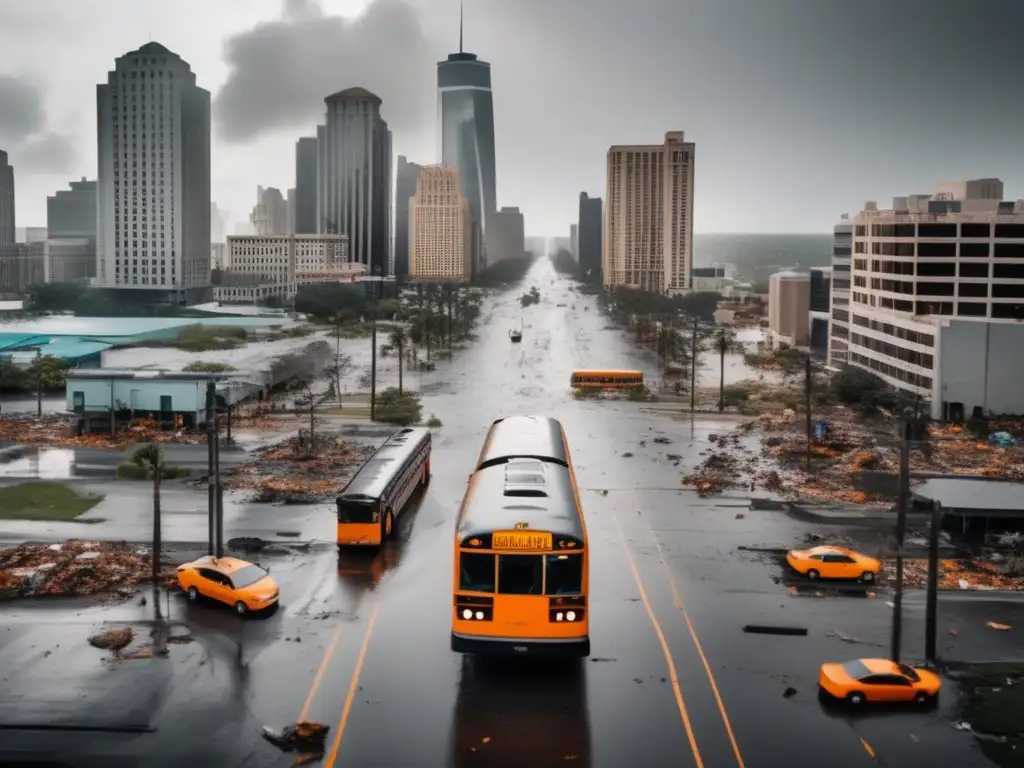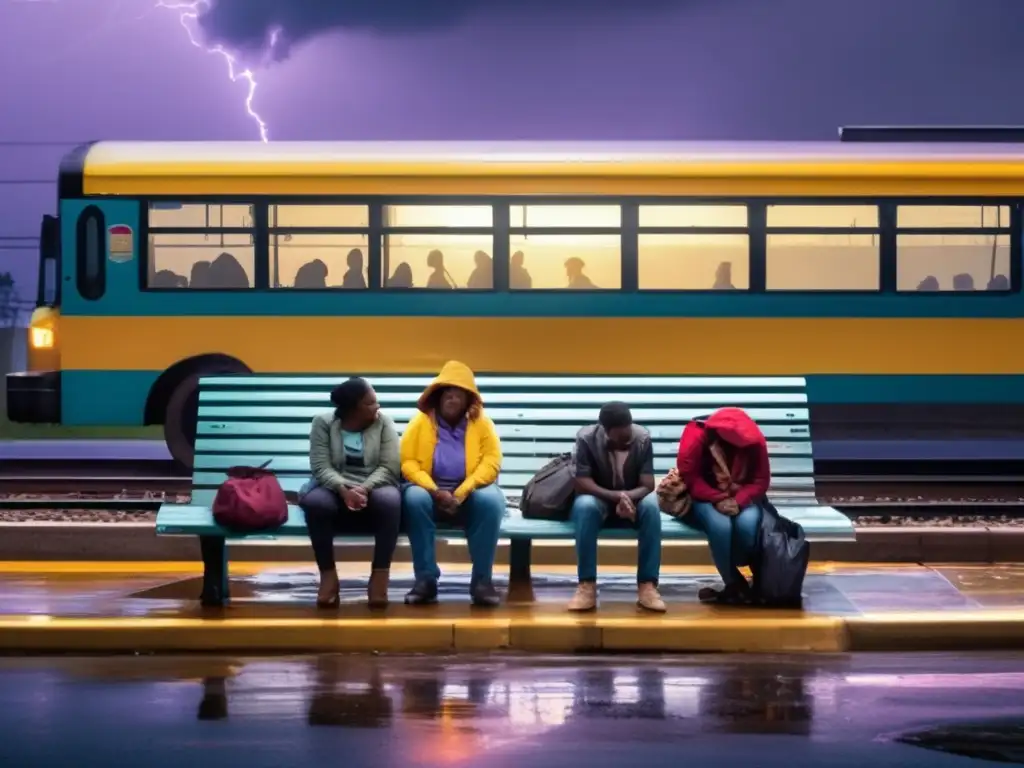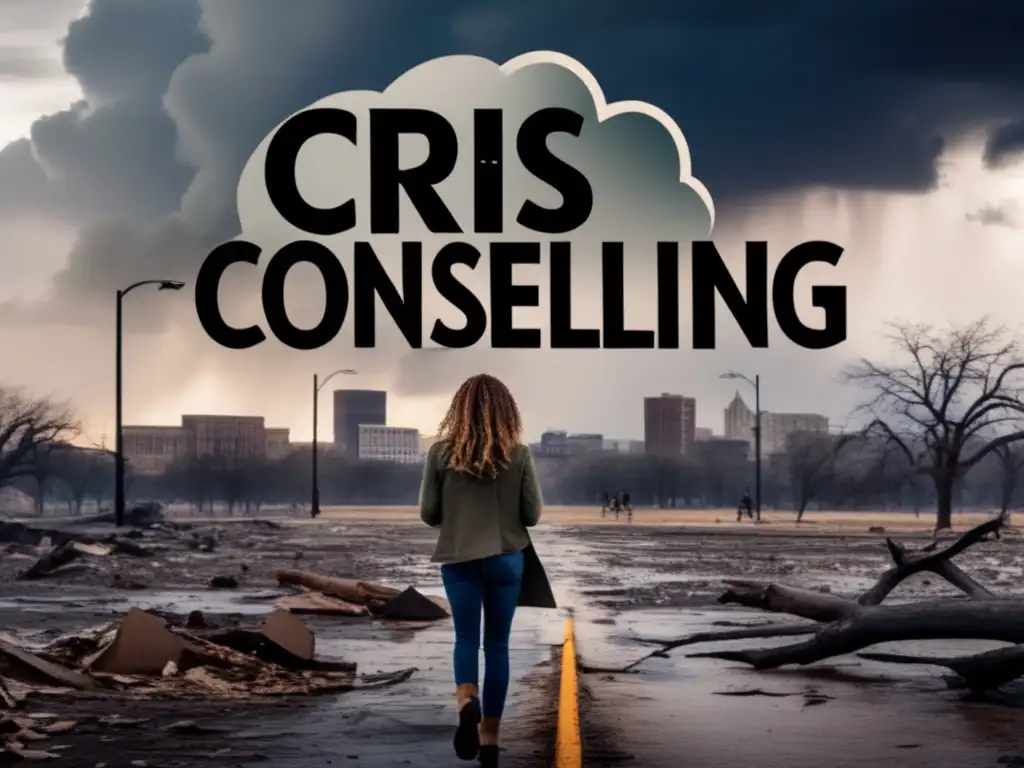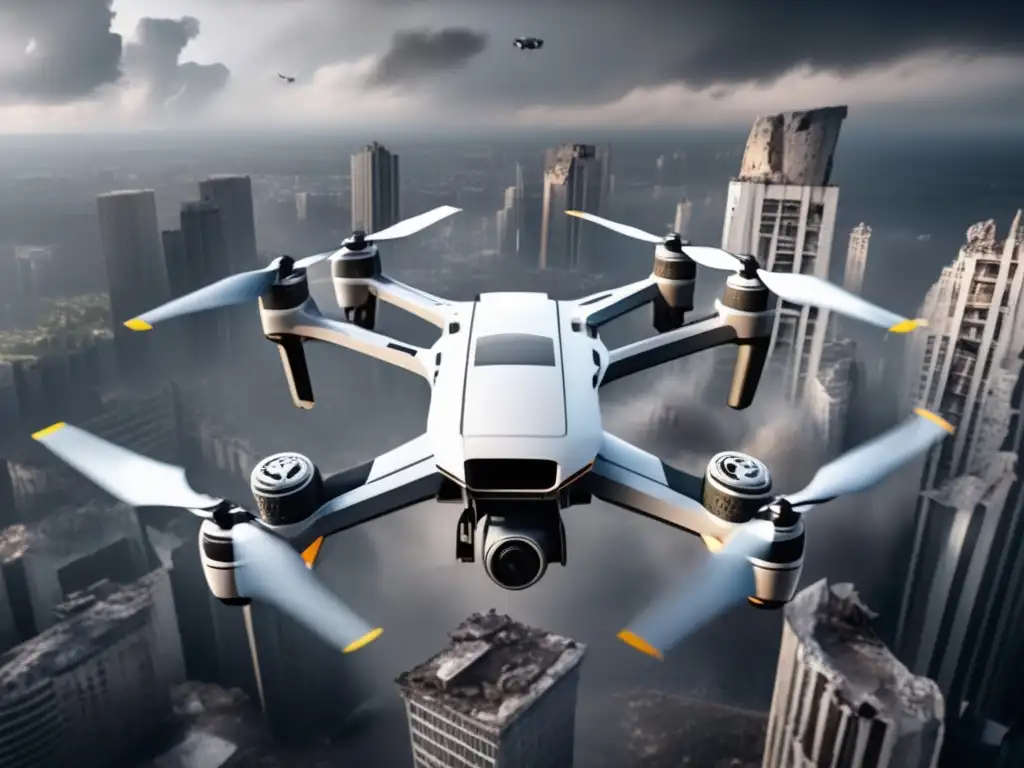Restoring Public Transportation After A Hurricane

Restoring Public Transportation After a Hurricane
Introduction
When a hurricane strikes, it can cause significant damage to public transportation systems, leaving many communities without access to reliable transportation. This can make it difficult for residents to access basic necessities such as food, water, and medical care, and can hinder recovery efforts in the aftermath of the storm. Restoring public transportation after a hurricane is therefore a critical priority for communities affected by these devastating storms.
The Impact of Hurricanes on Public Transportation

Flooding and Infrastructure Damage
One of the biggest challenges facing communities trying to restore public transportation after a hurricane is infrastructure damage caused by flooding. Heavy rainfall and storm surge can cause extensive damage to roads, bridges, and other transportation infrastructure, making them unsafe or completely unusable. Flooding can also damage vehicles and leave them stranded or obstructed on roadways.
Repairing this damage can take time, and in some cases, it may be more cost-effective to simply replace damaged infrastructure rather than repair it. This can result in prolonged periods of limited or no transportation options for affected communities.
Power Outages
Another challenge facing public transportation systems in the aftermath of a hurricane is power outages. Many transportation systems rely on electricity to function, including trains, buses, and subways. Power outages caused by the hurricane can therefore leave these modes of transportation disabled, preventing them from operating normally.
In some cases, backup generators can be used to provide temporary power to transportation systems, but this is not always feasible. Additionally, the widespread nature of power outages during and after a hurricane can make it difficult to provide backup power to all necessary locations.
Supply Chain Disruptions
Hurricanes can also disrupt the supply chain for public transportation systems, making it difficult to obtain necessary supplies and equipment. This can include everything from fuel for vehicles to replacement parts for damaged infrastructure.
Restoring the supply chain after a hurricane can take time, particularly for communities that are located far away from the sources of these materials. This can further delay the restoration of public transportation systems.
Restoring Public Transportation After a Hurricane

Assessing Damage
The first step in restoring public transportation after a hurricane is to assess the damage to infrastructure, vehicles, and other components of the system. This assessment should be conducted as soon as possible after the hurricane has passed, as delays in assessing damage can delay the restoration process.
Assessment activities can include physical inspections of infrastructure, testing of vehicles and equipment, and gathering data on the extent of power outages and supply chain disruptions. This information can be used to create a prioritized list of restoration activities and resources needed.
Allocation of Resources
Once damage has been assessed, resources must be allocated to begin the restoration process. This can include personnel, equipment, and supplies such as replacement parts or fuel.
In many cases, resources will need to be obtained from outside the affected area, which can further delay the restoration process. Coordination with state and federal agencies can be helpful in obtaining necessary resources and expediting the restoration process.
Repair and Replacement
With resources allocated, repair and replacement activities can begin. This may include repairing damaged infrastructure, replacing vehicles or equipment, and restoring power to necessary locations.
Repairs should be conducted as quickly as possible to minimize disruption to affected communities. However, it is important to ensure repairs are conducted safely and properly to prevent further damage or injury.
Testing and Certification
Once repairs have been completed, testing and certification must be conducted to ensure the transportation system is safe and fully operational. This can include vehicle testing, inspections of infrastructure, and verification of power supply.
It is critical that these tests are conducted thoroughly to prevent any safety issues that could arise from reopening public transportation systems too soon.
Frequently Asked Questions

-
What is the biggest challenge in restoring public transportation after a hurricane?
The biggest challenge is often repairing infrastructure damage caused by flooding.
-
How long does it typically take to restore public transportation after a hurricane?
The amount of time it takes to restore public transportation can vary widely depending on the extent of the damage and availability of resources, but it can take weeks or even months in some cases.
-
Can backup generators be used to provide temporary power to transportation systems?
Yes, backup generators can be used in some cases, but it may not be feasible in all situations.
-
What is the first step in restoring public transportation after a hurricane?
The first step is to assess damage to infrastructure, vehicles, and other components of the system.
-
How can communities obtain necessary resources for restoring public transportation after a hurricane?
Coordination with state and federal agencies can be helpful in obtaining necessary resources and expediting the restoration process.
Conclusion
Restoring public transportation after a hurricane is critical for communities affected by these devastating storms. It is a complex process that involves assessing damage, allocating resources, repairing and replacing infrastructure, and testing to ensure the system is safe and fully operational.
While this process can take time, it is important for communities to have access to reliable transportation so they can access basic necessities and recover from the effects of the hurricane. By understanding the challenges involved in restoring public transportation after a hurricane, communities can better prepare and respond to these events in the future.
Additional Resources

- Ready.gov - Hurricanes
- FEMA - Preparing for a Hurricane
- National Highway Traffic Safety Administration - Hurricane Support
 Developing Emotional Resilience In The Face Of Disaster
Developing Emotional Resilience In The Face Of Disaster Understanding And Accessing Crisis Counseling After A Hurricane
Understanding And Accessing Crisis Counseling After A Hurricane The Use Of Drones In Hurricane Damage Assessment
The Use Of Drones In Hurricane Damage AssessmentIf you want to discover more articles similar to Restoring Public Transportation After A Hurricane, you can visit the Hurricane recovery: category.
Leave a Reply

Articulos relacionados: